How is technology changing the management of human resources in companies?
In business, digital technology is revolutionizing more than just production and design. The human resources sector is also being greatly affected; whether that be through better talent spotting, optimized recruitment processes or getting employees more involved with the company’s vision. This is illustrated though two start-ups incubated at ParisTech Entrepreneurs, KinTribe and Brainlinks.
Recruiters in large companies can sometimes store tens of thousands of profiles in their databases. However, it often difficult to make use of such a substantial pool of information using conventional methods. “It’s impossible to keep such a large file up-to-date, so the data often become obsolete very quickly”, states Chloé Desault, a former in-company recruiter and co-founder of the start-up KinTribe. “Along with Louis Laroche, my co-founder who was also formerly a recruiter, we aim to facilitate the use of these talent pools and improve the daily lives of recruiters”, she adds. The software solution enables recruitment professionals to create a recruitment pool using professional social networks. With KinTribe, they are able to create a usable database, in which they can perform complex searches in order to find the best person to contact for their need, from tens of thousands of available profiles. “This means they no longer have to waste time on people that do not correspond to the target in question”, affirms the co-founder.
The software’s algorithms can then process the collected data to produce a rating for the relevant market. This rating indicates to what extent a person is susceptible to an external recruitment offer. “70% of people on LinkedIn aren’t actively looking for a job, but would still consider a job offer if it was presented to them”, Louis Laroche explains. In order to identify these people, and to what extent they are likely to be interested, the algorithm is based on key values identified by recruiters. Age, field of work and duration of last employment are all factors that can influence how open someone is to a proposition.
One of the start-up’s next goals is to add new sources of data into the mix, allowing their users to go on other networks to find new talents. Multiplying the available data will also allow them to improve the market rating algorithms. “We want to provide recruiters with the best possible knowledge by aggregating the maximum amount of social data that we can”; summarizes the KinTribe co-founder.
Finally, the two entrepreneurs are also interested in other topics within in the field of recruitment. “As a start-up, we have to try to stay ahead of the curve and understand what the market will do next. We dedicated part of our summer to exploring the potential of a new co-optation product” Chloé concludes.
From recruitment to employee involvement
In human resources, software tools represent more than just an opportunity for recruiting new talent. One of their aims is also to get employees involved in the company’s vision, and to listen to them in order to pinpoint their expectations. The start-up Brainlinks was created for this very reason. Today, it offers a mobile app called Toguna for businesses with over 150 people.
The concept is simple: with Toguna, general management or human resources departments can ask employees a question such as: “What is your view of the company of the future?” or “What new things would you like to see in the office?” The employees, who remain anonymous on the app, can then select the questions they are interested in and offer responses that will be made public. If a response made by a colleague is interesting, other employees can vote for it, thus creating a collective form of involvement based on questions about life at work.
In order to make Toguna appeal to the maximum number of people, Brainlinks has opted for a smart, professional design: “Contributions are formatted by the person writing them; they can add an image and choose the font, etc.”, explains Marc-Antoine Garrigue, the start-up’s co-founder. “There is an element of fun that allows each person to make their contributions their own”, he continues. According to Marc-Antoine Garrigue, this feature has helped them reach an average employee participation rate of 85%.
Once the votes have been cast and the propositions collected, managers can analyze the responses. When a response is chosen, it is highlighted on the app, providing transparency in the inclusion of employee ideas. A field of development for the app is to continue improving the dialogue between managers and employees. “We hope to go even further in constructing a collective history: employees make contributions on a daily basis and in return, the management can explain the decisions they have made after having consulted these”, outlines the co-founder. This is an opportunity that could really help businesses to see digital transformation as a vehicle for creativity and collective involvement.



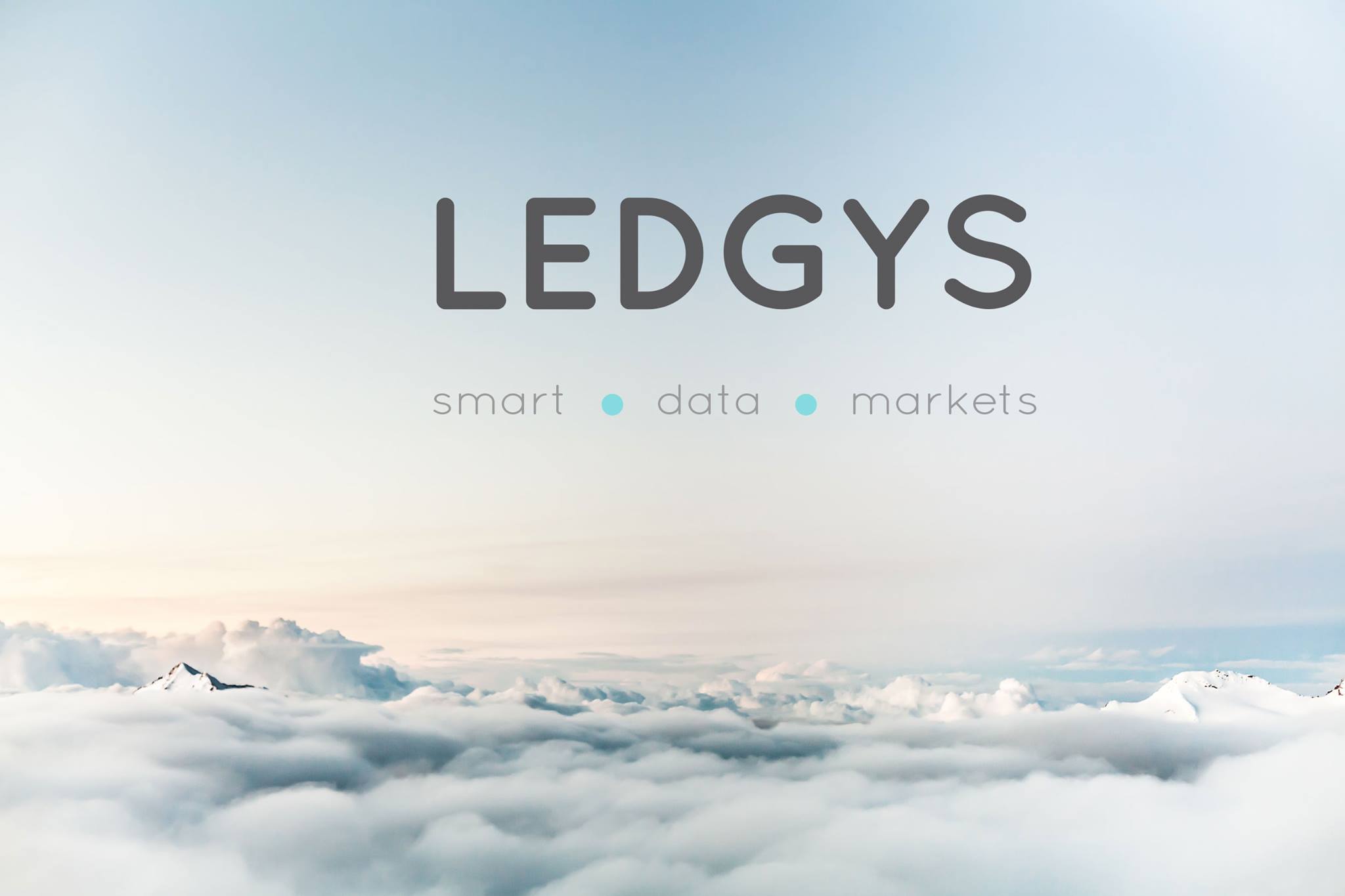

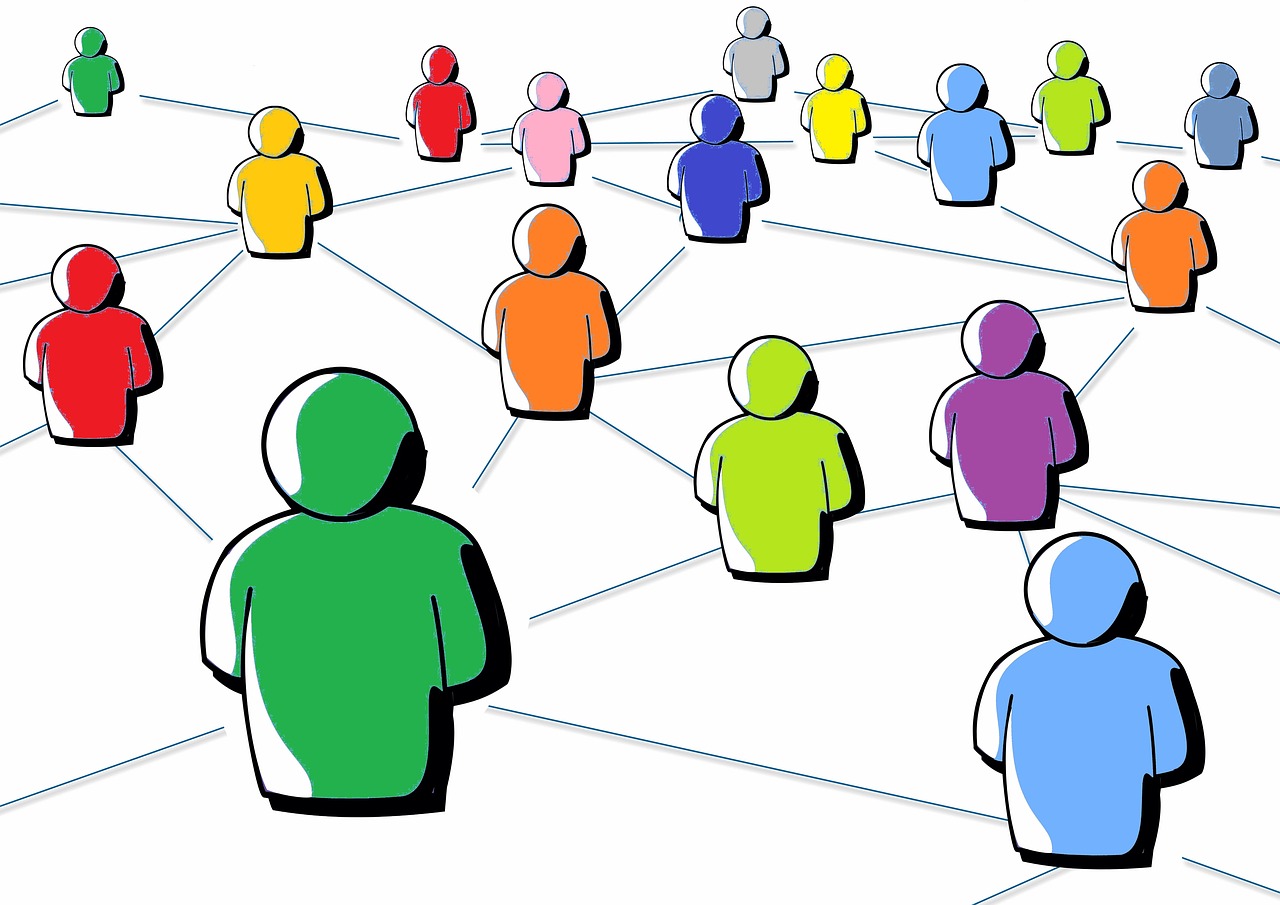
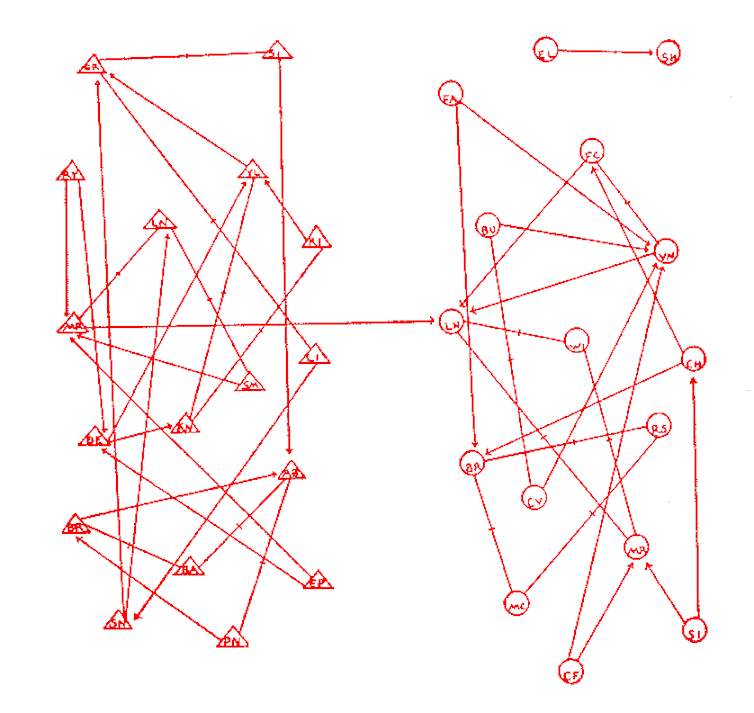
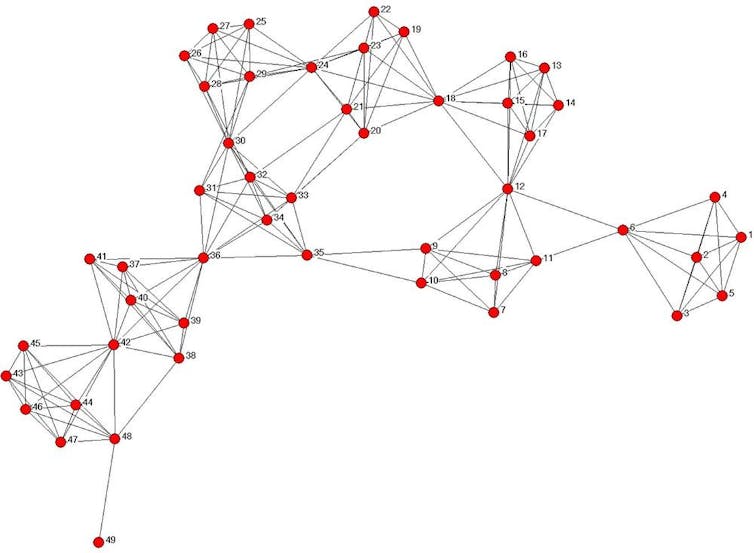
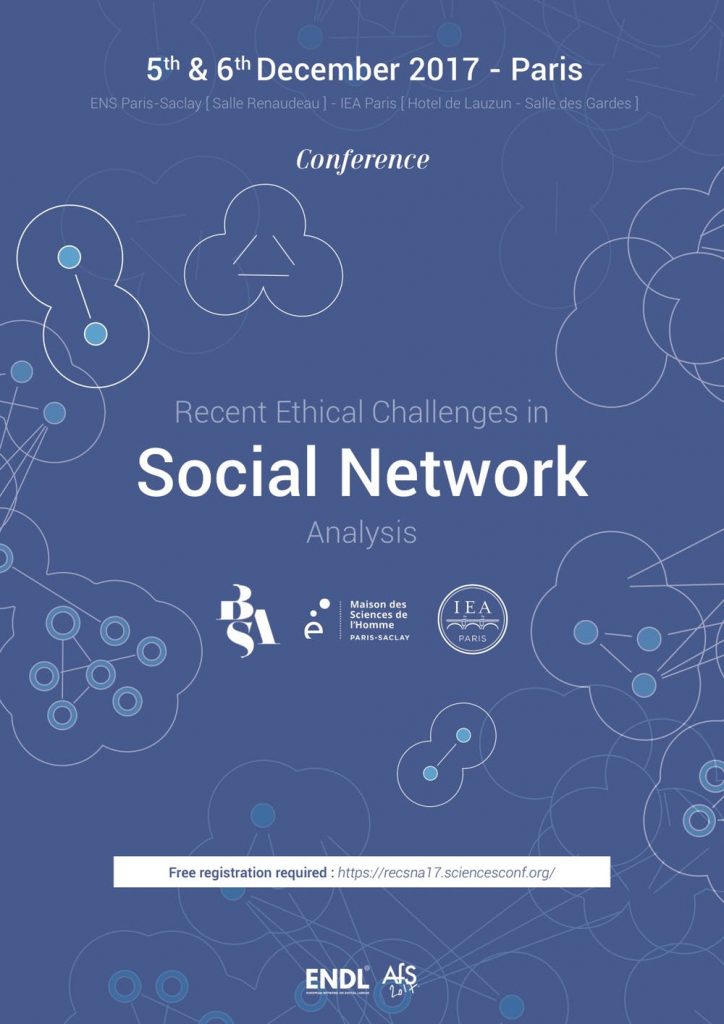


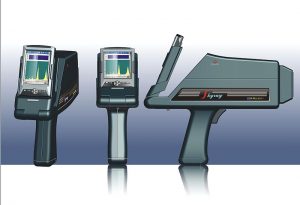




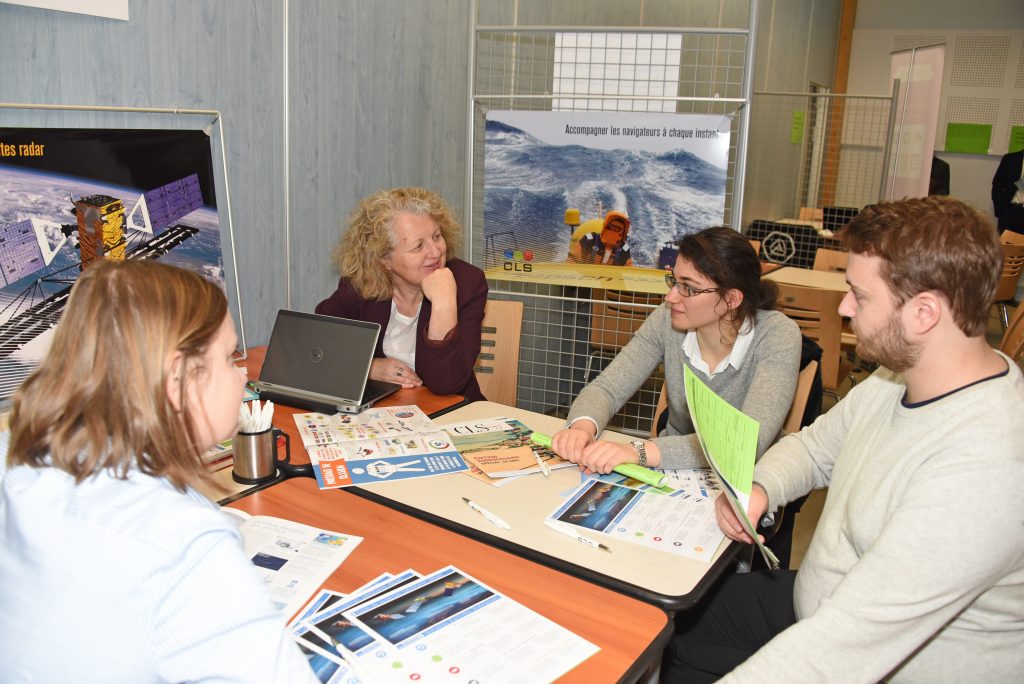
 The TSN Carnot institute, a guarantee of excellence in partnership-based research since 2006
The TSN Carnot institute, a guarantee of excellence in partnership-based research since 2006
